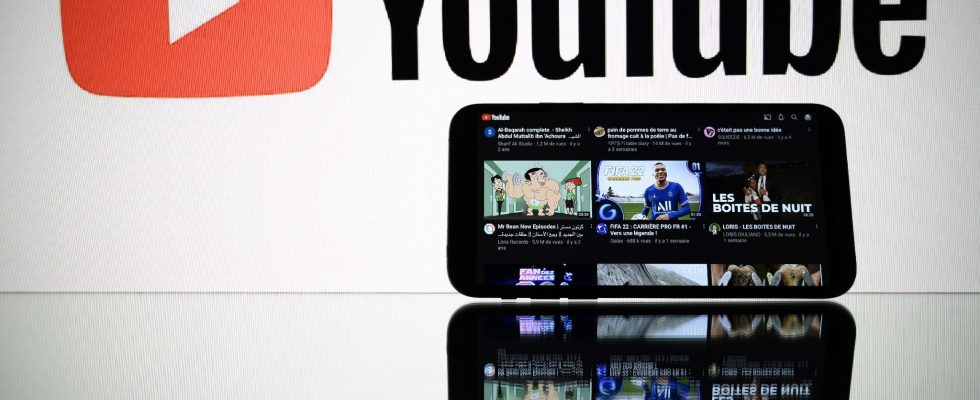But who still needs CNN? Frankly ? Today, we turn it on in his hotel room after a long trip to keep vaguely informed. Very quickly, boredom sets in before the lethal cocktail: gossip, politics treated in its most traditional way, sport. If we’re lucky, we come across a few well-known faces such as journalists Christiane Amanpour or Anderson Cooper. But, in a sign of the times, the cable channel’s stars have largely migrated to YouTube. They have in fact followed the displacement of audiences, the extent of which leaves little hope for so-called “linear” television, whether terrestrial, cable or satellite. The figures speak for themselves: every day, CNN reaches 409,000 viewers in the United States, the lowest figure for ten years. The audience for 25-54 year olds, the segment most coveted by advertising, fell to 81,000 people per 24 hours. Fox News, with its outrageous treatment, has better scores but remains slim: 1.4 million viewers over 24 hours, including 170,000 aged 25-54. A misery.
Where are the audiences? On social networks obviously, but also on YouTube which has become a heavyweight of information with 122 million Americans who are present there daily – and 1 billion in the world. CNN has 16 million subscribers there, Fox News 10 million, and enjoys a much more attractive demographic structure since 37% of millennials (18-34 years old) admit to “binger” YouTube daily.
YouTube, now a news heavyweight
YouTube has therefore become a reflex of globalized information. To follow an event live, the user often has the choice between sources, national or local. For those who know how to choose, myriads of specialized channels, often produced by reputable media such as the New York Times, Bloomberg or The Economist, offer quality content for free. And Google’s video service could do much better if it improved its mediocre recommendation algorithm.
For CNN, this competition is devastating, as the network is overwhelmed across its entire line of historical products. On this structural collapse, the chain superimposed a crisis rather people, with the dismissal of its president, after only thirteen months. Chris Licht multiplied the errors; for example, he left a journalist from the monthly The Atlantic follow him daily for several months. The story, sometimes comical, chronicled a descent into hell marked by a catastrophic attempt to give pledges to Donald Trump who had ostracized CNN. The portrait of The Atlantic undoubtedly accelerated Licht’s downfall. To make matters worse, he inherited bad strategic choices such as, just before his arrival, the abandonment of CNN +, a high-end, paid, exclusively web-based news channel with media stars and which does not only lasted three weeks: a $200 million mistake.
The sports goldmine
The importance taken by YouTube also foreshadows the future role of Gafam in capturing the once massive television audiences. Tech giants are aided by their capacity to invest in production and in the purchase of television rights: Amazon Prime Video has thus put billions on the table to buy various broadcasting rights in football, tennis, basketball, golf or American football. An offer so abundant that Amazon plans to develop an application dedicated to sport.
For its part, Netflix plays a different score with its documentary series that have become global successes. One of the best known is that on Formula 1, Drive to Survive, whose five seasons are credited with stemming the sport’s ratings slump. The recipe, made up of staging and scripting with string, is now available on cycling, tennis and golf, all powerful vectors of subscriptions for Netflix.
Last example, Apple TV + which made a nice move with the acquisition, for 2.5 billion dollars, of the rights of the MLS (Major League Soccer), its 30 teams and 870 players, including, recently, Lionel Messi – who will be interested in the income generated by new subscribers to the MLS Season Pass from Apple. With the recovery of television audiences for information and especially the incursion into sport, Google (YouTube), Amazon and Apple have found abundant sources of income.
